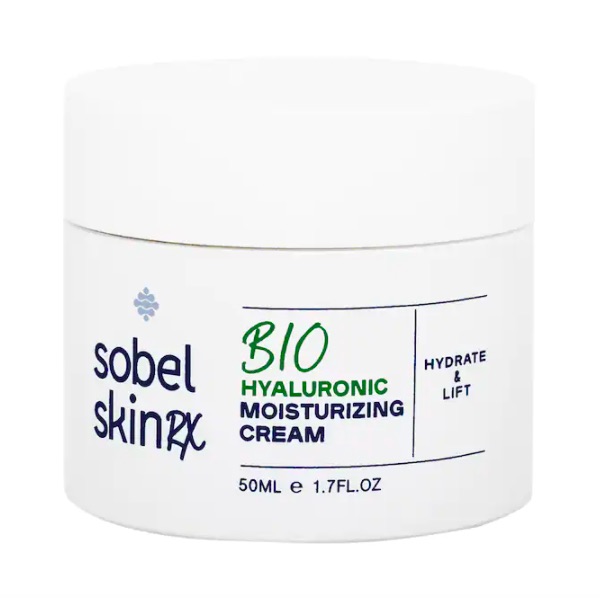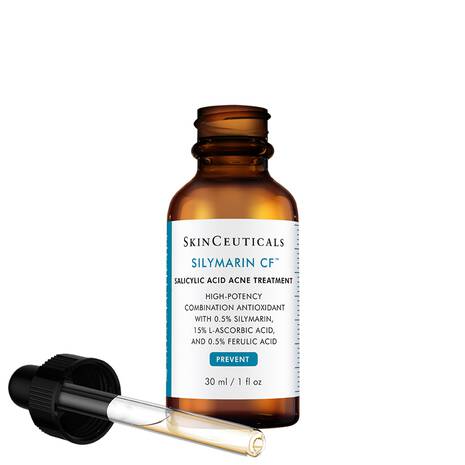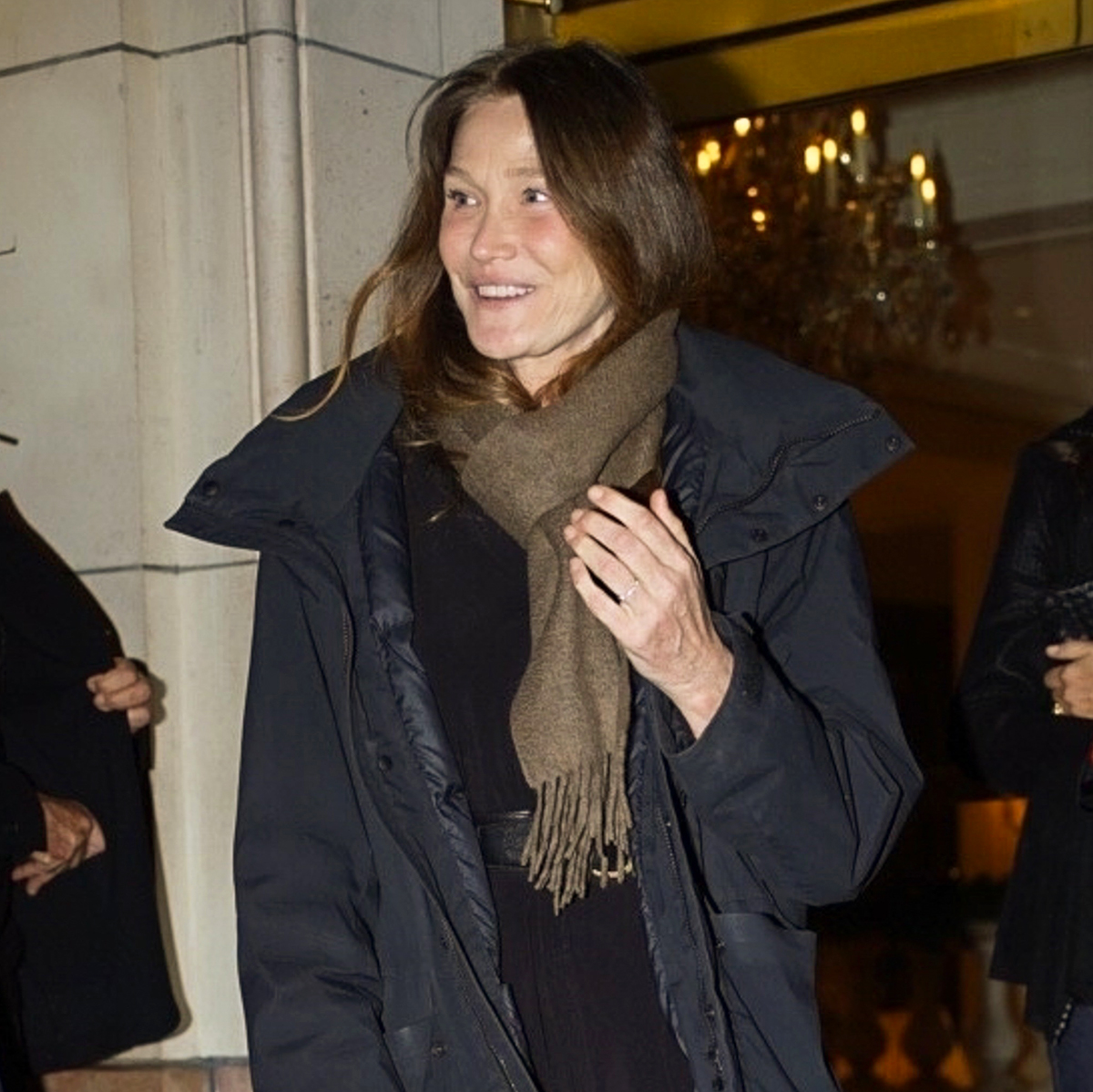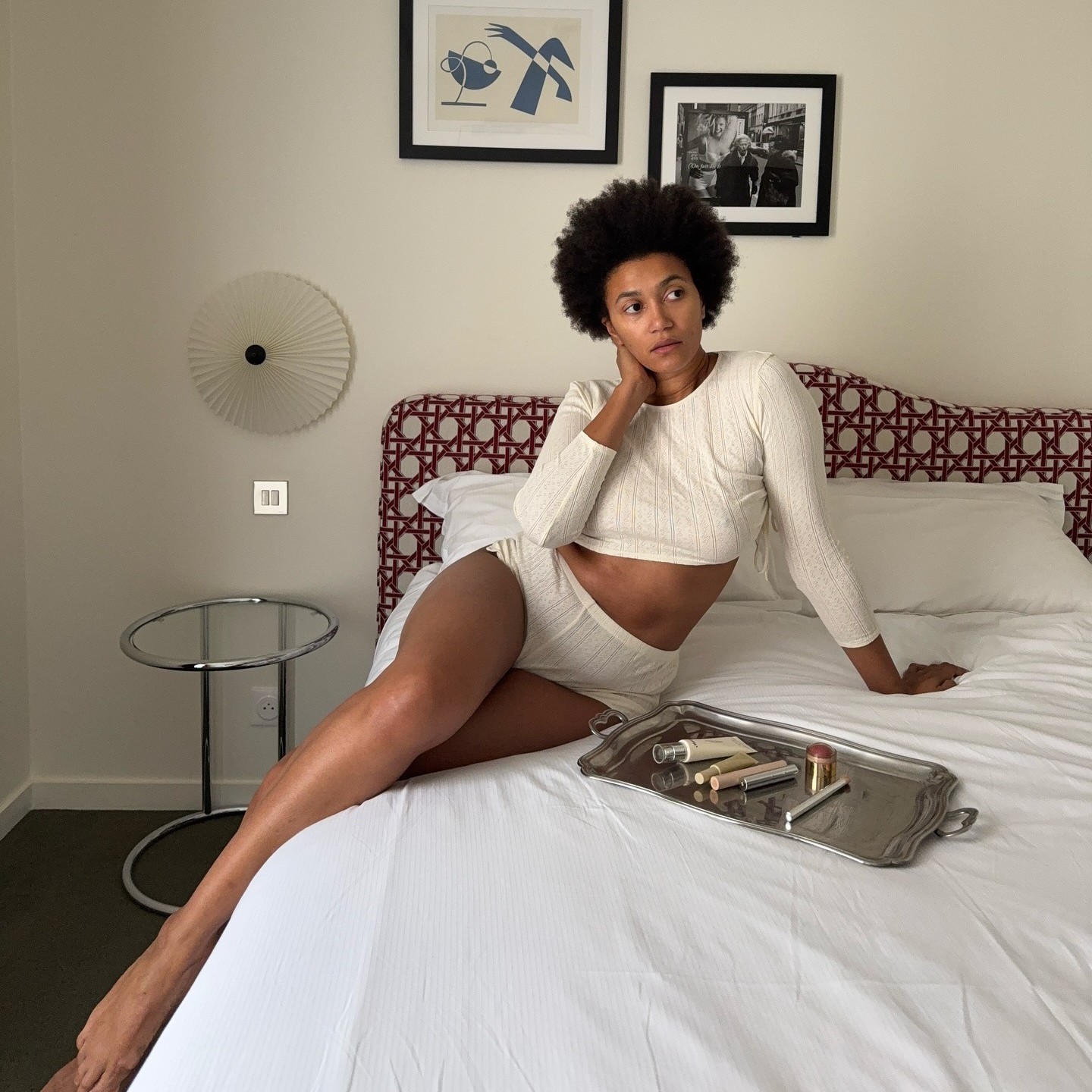I'm Tackling My Acne Scars With Microneedling, & My Skin Is Eons Better Already

If you're one of the 80% of Americans who experience acne at some point in their lives: I'm with you, dear reader. It's hard for me to pinpoint a time when I wasn't treating my acne, covering up blemishes, and researching ways to quash my breakouts altogether for several hours per week. In my experience, these hormonal flare-ups are often followed by a just-as-persistent side issue: acne scarring. Some quick background: acne scarring is most common in those who suffer from inflammatory acne, but it also has other causes, like skin-picking.
Because my scars tend to really come out to play in the summer (exposure to the sun darkens these patches considerably and, sometimes permanently), I decided back in April that I'd try something different this season. My treatment of choice? Microneedling—the multi-benefit skincare trend that celebrities like Gwyneth Paltrow and Demi Moore consider to be their holy grail.
To put it to the test, I decided to conduct a little experiment, documenting the process from start to finish, asking any and every question along the way, and sharing my progress in the end. Fortunately for me, Howard Sobel, MD of Sobel Skin RX was up for the challenge of working with me (and my scars!) on this.

What is Microneedling?
Microneedling is a cosmetic procedure that uses needles to speed up the skin's collagen and elastin production through "teeny, tiny, surface-level punctures to the skin," according to Sobel. Though famed for reducing the appearance of acne scars, the treatment has also been shown to improve hyperpigmentation, sun damage, wrinkles, and alopecia. "The process [also] allows better product absorption, and will create a healthy glow and smooth texture—like a post-vacation complexion," adds Sobel.
As far as safety, Sobel assured me that the treatment would be a great option for my concerns — but that skin type is an important factor he considers before treating microneedling candidates. "Microneedling is safe for all skin conditions except for those with pustular acne. This is because bacteria can spread to other areas of the face," says Sobel. "If you have very sensitive skin or rosacea, I would also recommend getting the treatment done by a professional who knows how to work with your sensitivity rather than trying at-home [microneedling kits]."
I have combination skin with hormonal acne and rosacea, meriting the choice to visit a licensed medical provider. For the record, Sobel is wary of at-home kits for all users for many reasons: lack of proper sanitation, inexperience with the tools (which can lead to greater damage), and the nondurable metals used in unregulated at-home kits being a few. Net-net: See a professional.
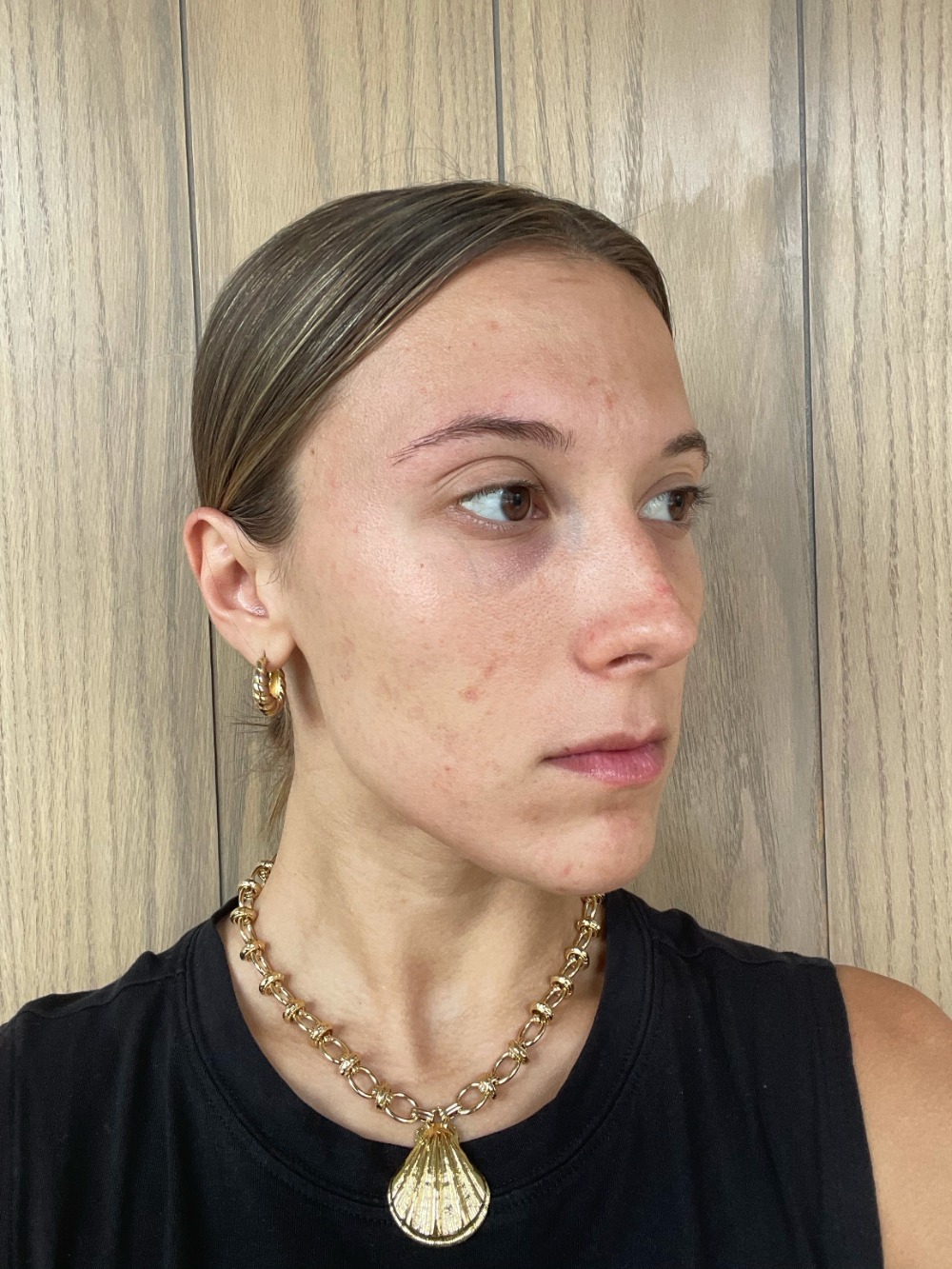
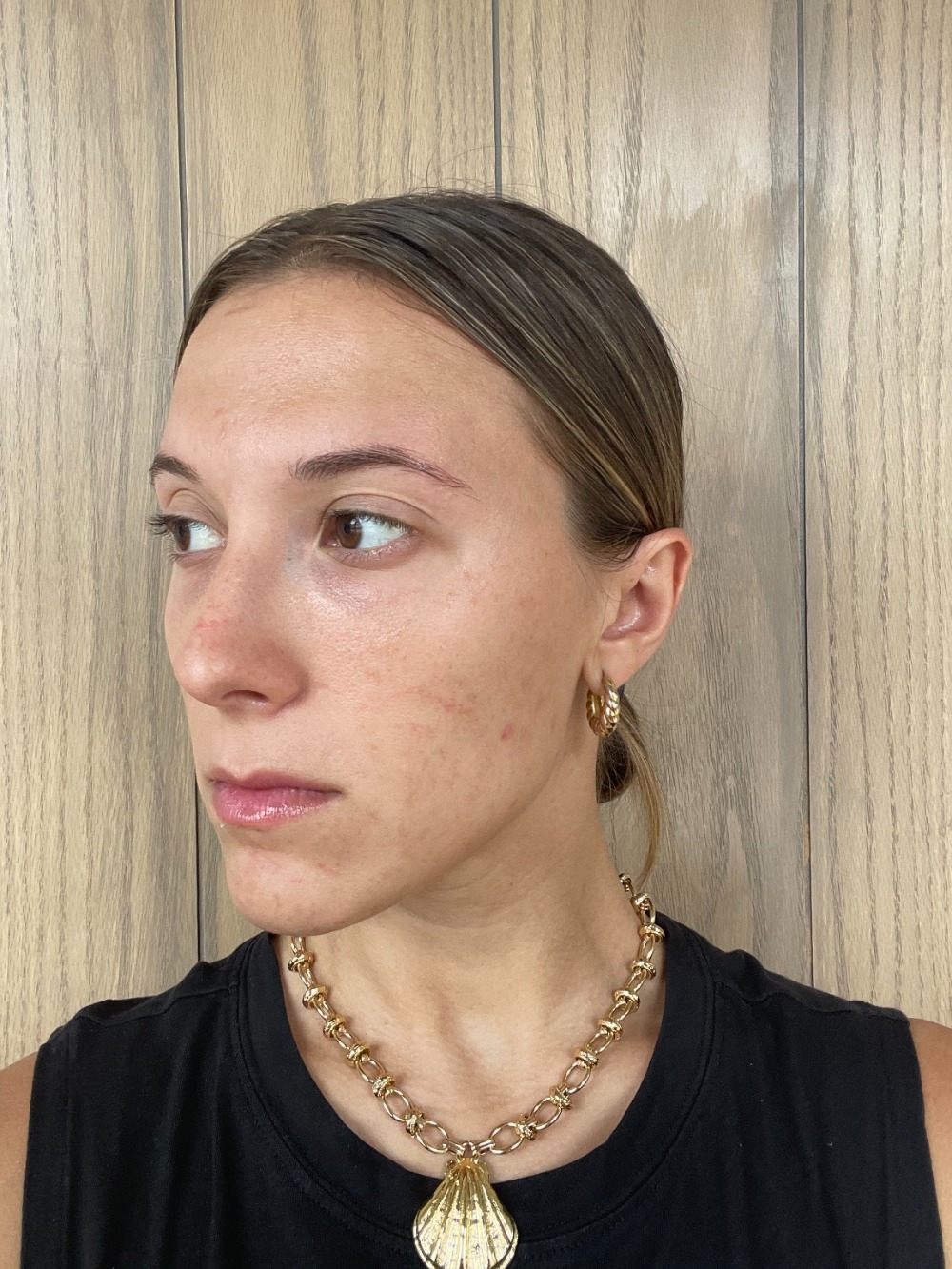
As highlighted here, I was exhibiting a flurry of dark spots along my jawline, chin, nose, and cheeks (thanks, maskne), along with a few rogue spots on my forehead (bonus points if you spot the accidental burn mark from my straightener!). I was hoping to target these with the microneedling, and agreed to undergo two sessions, spaced apart by two weeks—and check in one week after my last session to see if my skin had shown any improvement.
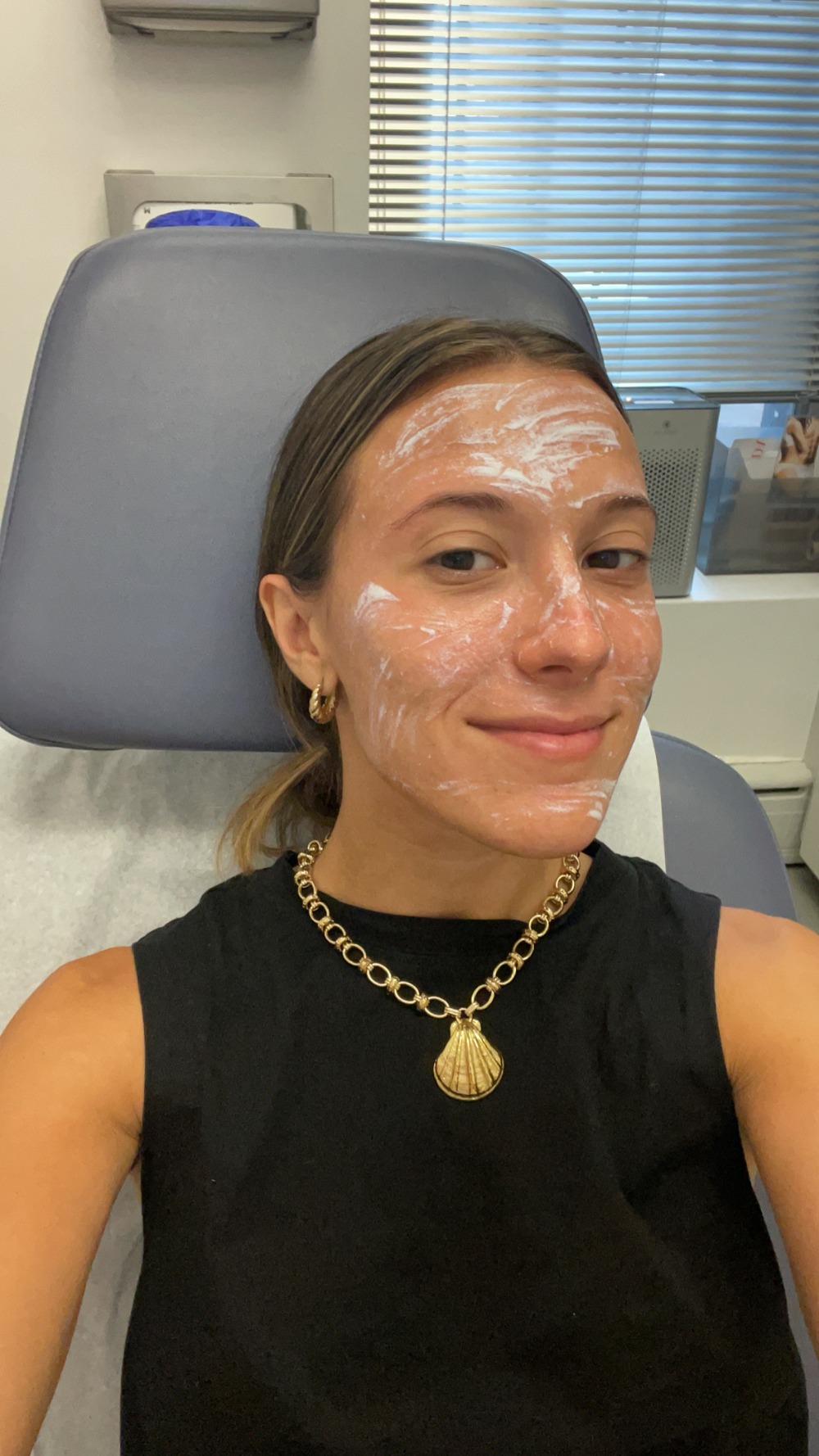
The Prep
Upon arriving at Sobel's office, he and his entire staff welcomed me, answering any questions I had about my treatment. First thing on our agenda while we spoke: numbing the skin. I was instructed to sit with the numbing agent (pictured above) for 20 minutes, which brought on a strong tingling, cooling sensation, like applying your favorite moisturizer fresh out of your mini-skincare fridge, but with a prickly, buzzy feeling. When we were finished reviewing the procedure, they left me to relax and listen to music while waiting for my skin to reach peak numbness. As far as the sensation, it felt the most noticeable on my upper lip, otherwise, my face felt close to normal.
The Process
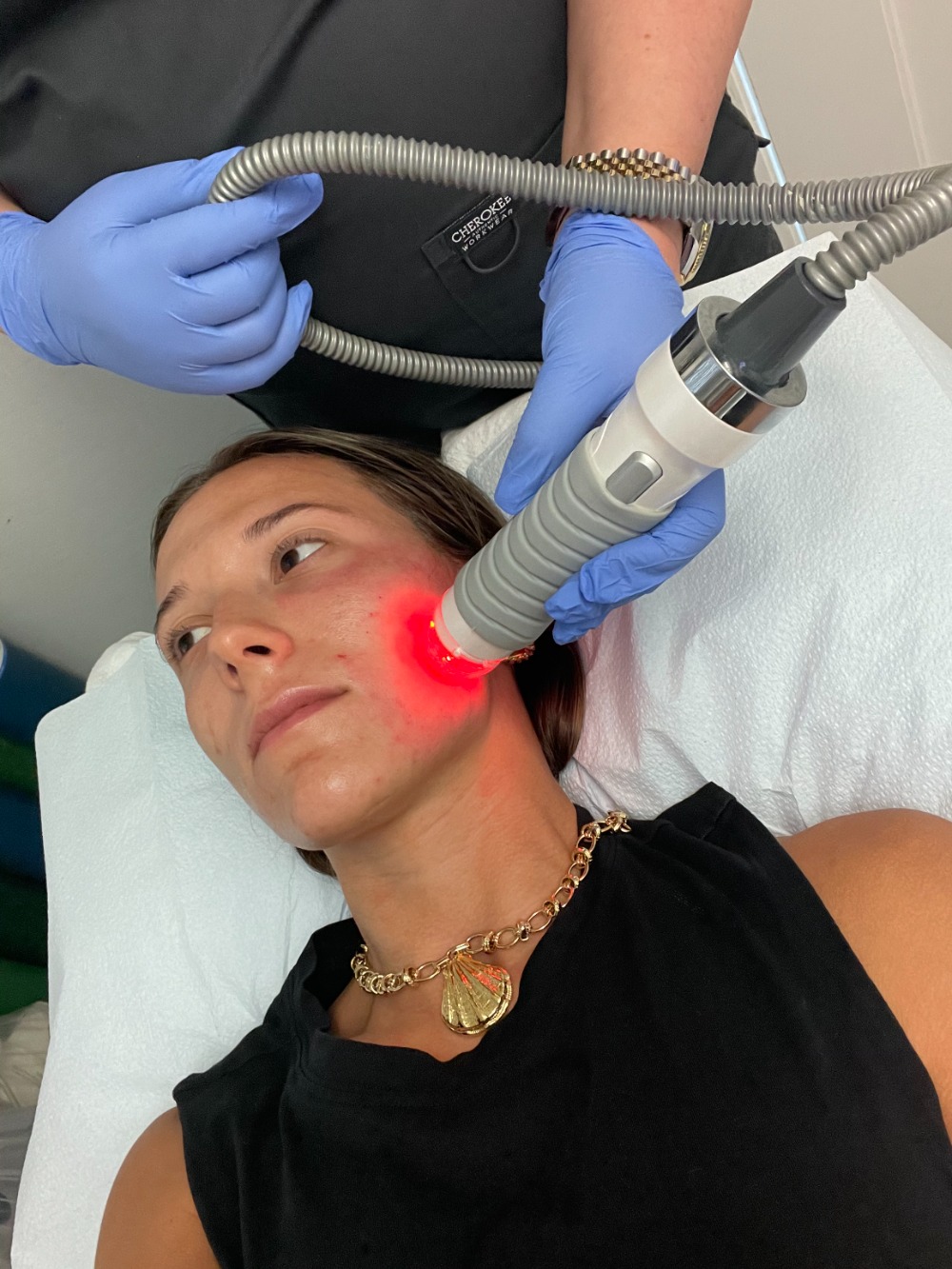
Sobel's team transferred me to a second room for the procedure, which was to be performed by Sobel's licensed medical assistant, Olga Bass. She used alcohol wipes to remove the numbing agent, as a way of ensuring that the skin's surface was clean as a whistle before creating the tiny puncture holes. Full disclosure: The smell of the wipes was quite abrasive (which Bass warned me about), but it dissipated in a flash.
Then came time to introduce the needle: a thicker wand with a half-inch grid of gold needles at its tip. "Medical needles with a length of 0.5mm to 1.5mm are used on the face, neck, or chest and 1.5mm to 2.5mm can be used on the body," shares Sobel. "The longer the needle, the farther it will penetrate into your skin." Sobel's office uses gold needles for their hypoallergenic properties, giving this practice a leg up amongst the sensitive skin population. Looking at the needles, I *did* have a small moment of panic over the pain that may follow, but Bass reminded me that the numbing agent would do its job and drastically reduce any sensation.
And so, it began. Starting with the jawline and snaking over the surface of my skin (the way a lawnmower cuts grass: first across and then upward), Bass used the tool to stamp my face with a plate of small needles. We only went over my forehead once since there are far fewer acne scars in that area, but we went over all other areas three times, which became more painful each time. On a scale of 1 to 10, I'd rank this procedure somewhere in between a 3 and a 6, with the bony parts of my face scoring a 6, (as well as my upper lip, since there are tons of nerve endings in that zone), and the rest sitting securely at a 3. That said, this was definitely not an "I nodded off mid-way" kind of treatment. It reminded me of the way I've felt while undergoing a wax: bracing myself for sharp, short pangs of pain throughout. Still, it was over before I knew it, and 20 minutes breezed right by.

After the third and final pass, Bass applied a niacinamide serum and a sheet mask, which helps cool the face down and immediately starts restoring the skin. The minutes after the procedure is finished are also when the skin is most capable of absorbing products, so striking quickly with a heaping dose of hydration is paramount.
About 15 minutes later, Bass removed the sheet mask and invited Sobel in to see how my skin had handled the procedure. He indicated that I exhibited more redness than the average patient, but that that should subside drastically in the hours following, and altogether within the next two days.
The Recovery

"[After microneedling], I don't recommend being in too much sun for the next couple of days," Sobel shares. "I like to suggest avoiding strong ingredients like glycolic and salicylic acid for the next few days too, and I tell my patients to keep their skin hydrated."
There is another catch-22 for those using "actives" also: You'll need to avoid retinol and retinoids, even dermatologist-prescribed ones. "It’s best to wait until your skin has properly healed following the treatment to use retinoids, typically about 48 hours," says Sobel. "If the ingredients are strong, it might be best to wait a little longer and listen to your skin. Once you are no longer red from your procedure, you can start your retinol."
After my treatment, I used a simple cocktail of Sobel Skin RX's Bio Hyaluronic Moisture Cream Extreme ($75) for nighttime, and a niacinamide serum during the day. A few days later, I reintroduced SkinCeuticals' Silymarin CF serum ($166), a vitamin C–based product that's formulated for acne-prone skin. Also (and against doctors orders), I reintroduced my retinoid early, on day two—because the breakouts were back with a vengeance after skipping on it for just one day.
Session 2
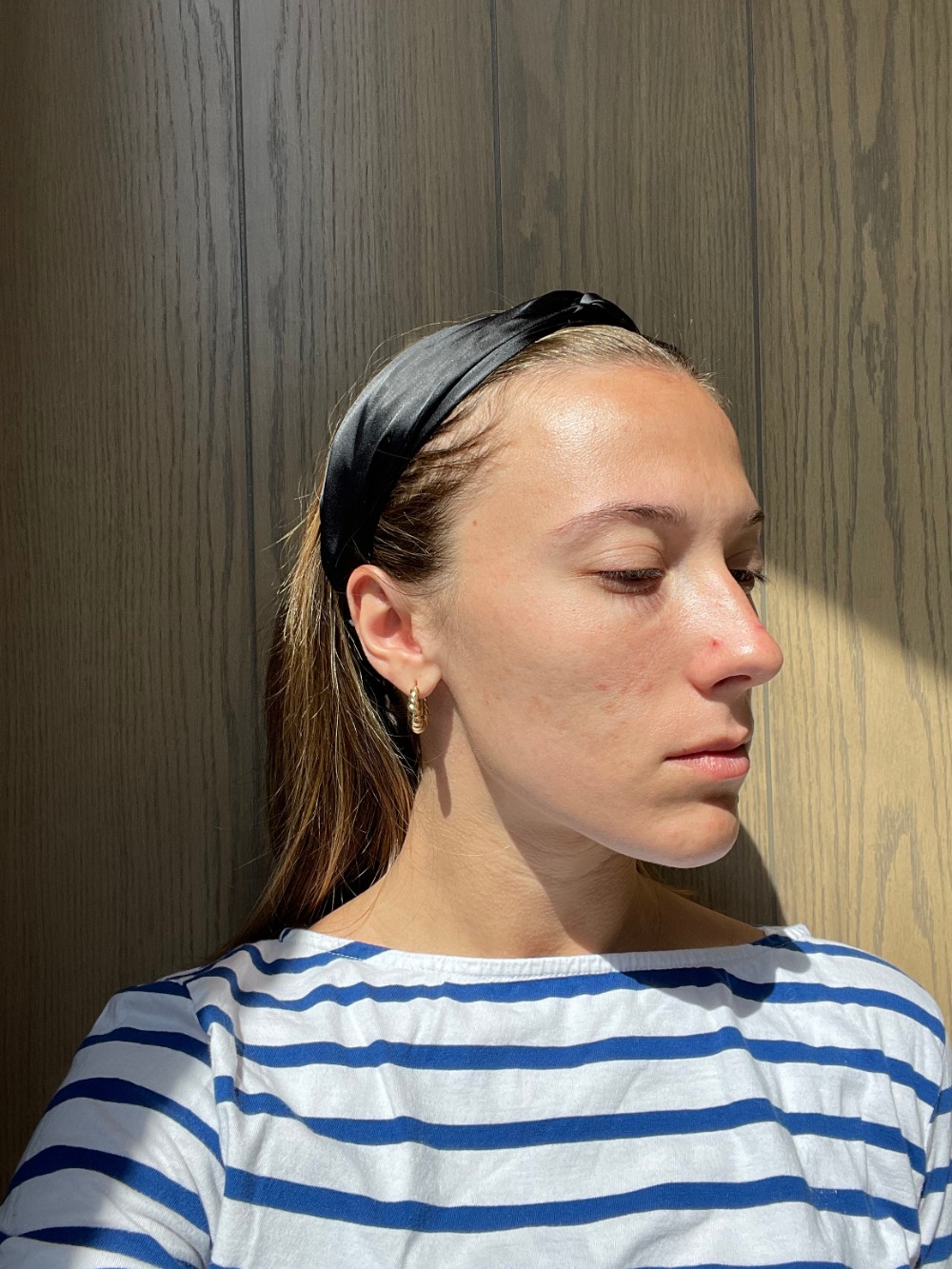
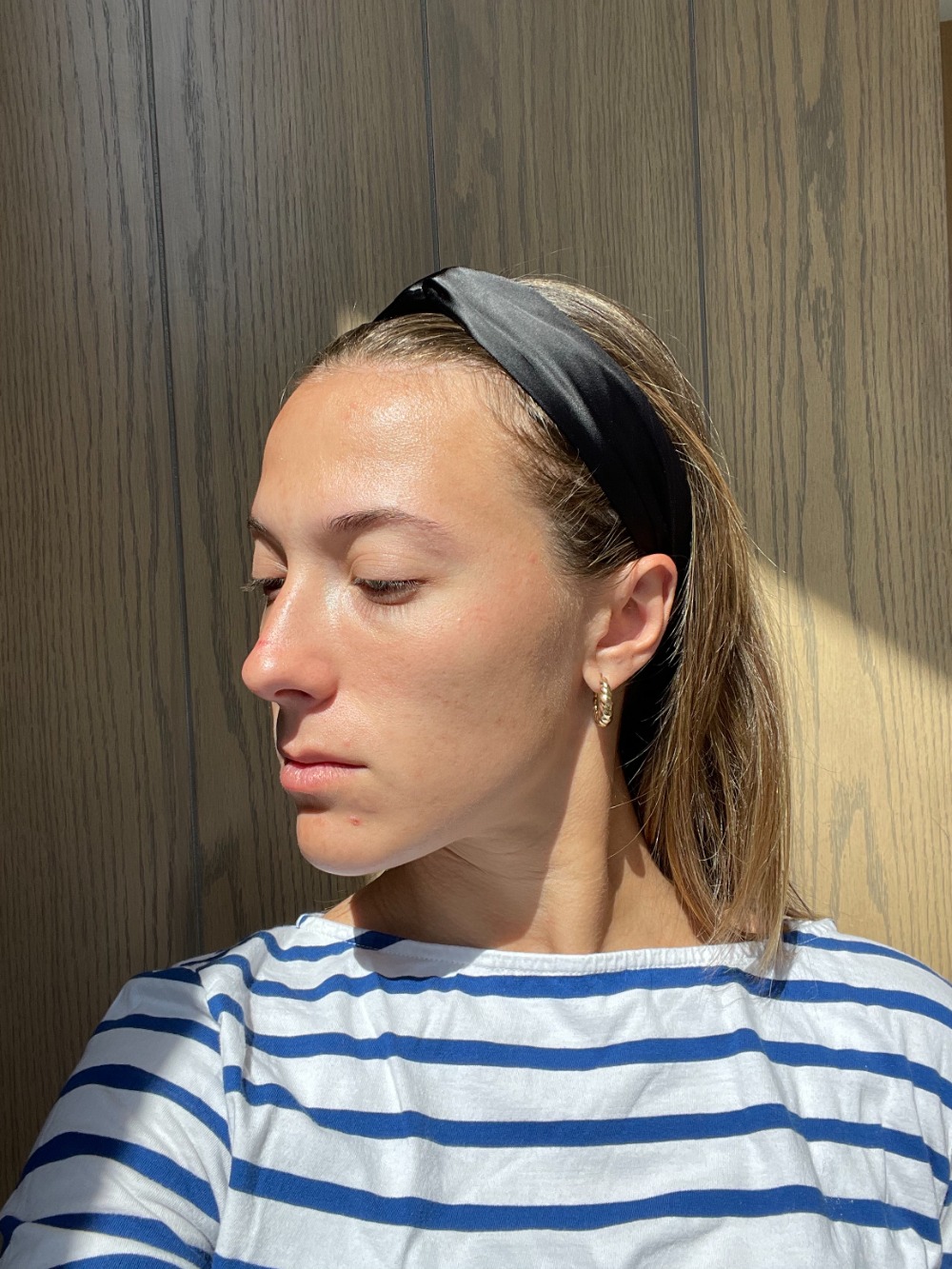
Two weeks later to the day, I was scheduled to go in for my second session, where I'd repeat this whole process again. Before I went, I snapped this photo to show my progress. Apart from a few active breakouts, the overall texture and pigmentation of my skin felt surprisingly smooth. The dark spots on my nose and chin had noticeably dissipated, and my skin exhibited the plump, firm, "post-vacation glow" that Sobel had hinted at.
"Depending on your skin type and texture, it can take anywhere from 3 to 6 sessions [to see results]," shares Sobel. "If you are younger, results can be seen as early as after just one or two sessions." (I'm 24, which was working in my favor.) "The first results that are apparent are a more even skin tone, little to no acne, and the reduction of pore size." Though microneedling hadn't stopped me from breaking out, I was already pleased with the results.
This is the part where I fast-forward through session two (since it was entirely duplicative of the first go-around) and skip right to the good stuff: the results. What follows was taken exactly one week from the session pictured above.
The Results
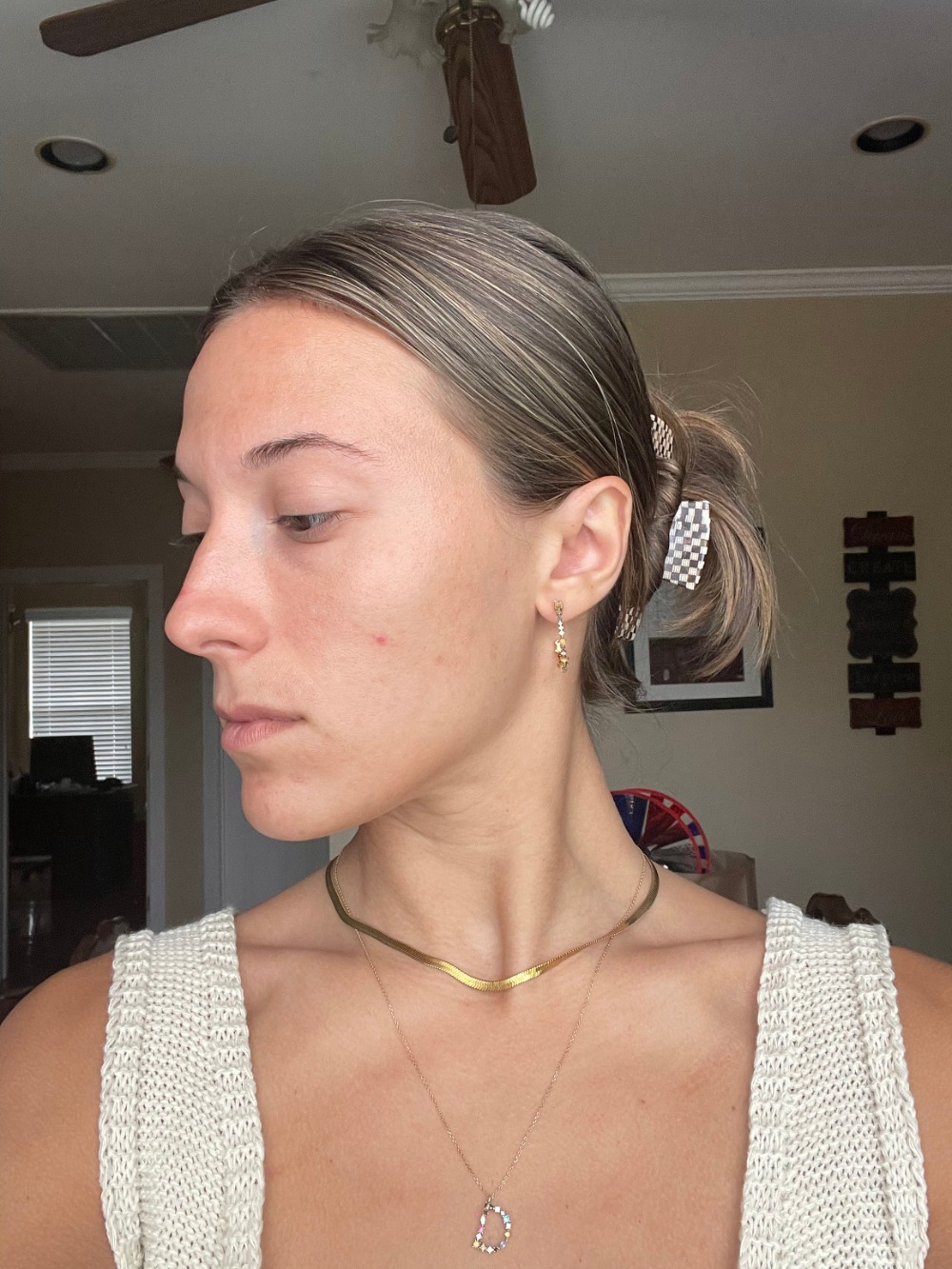
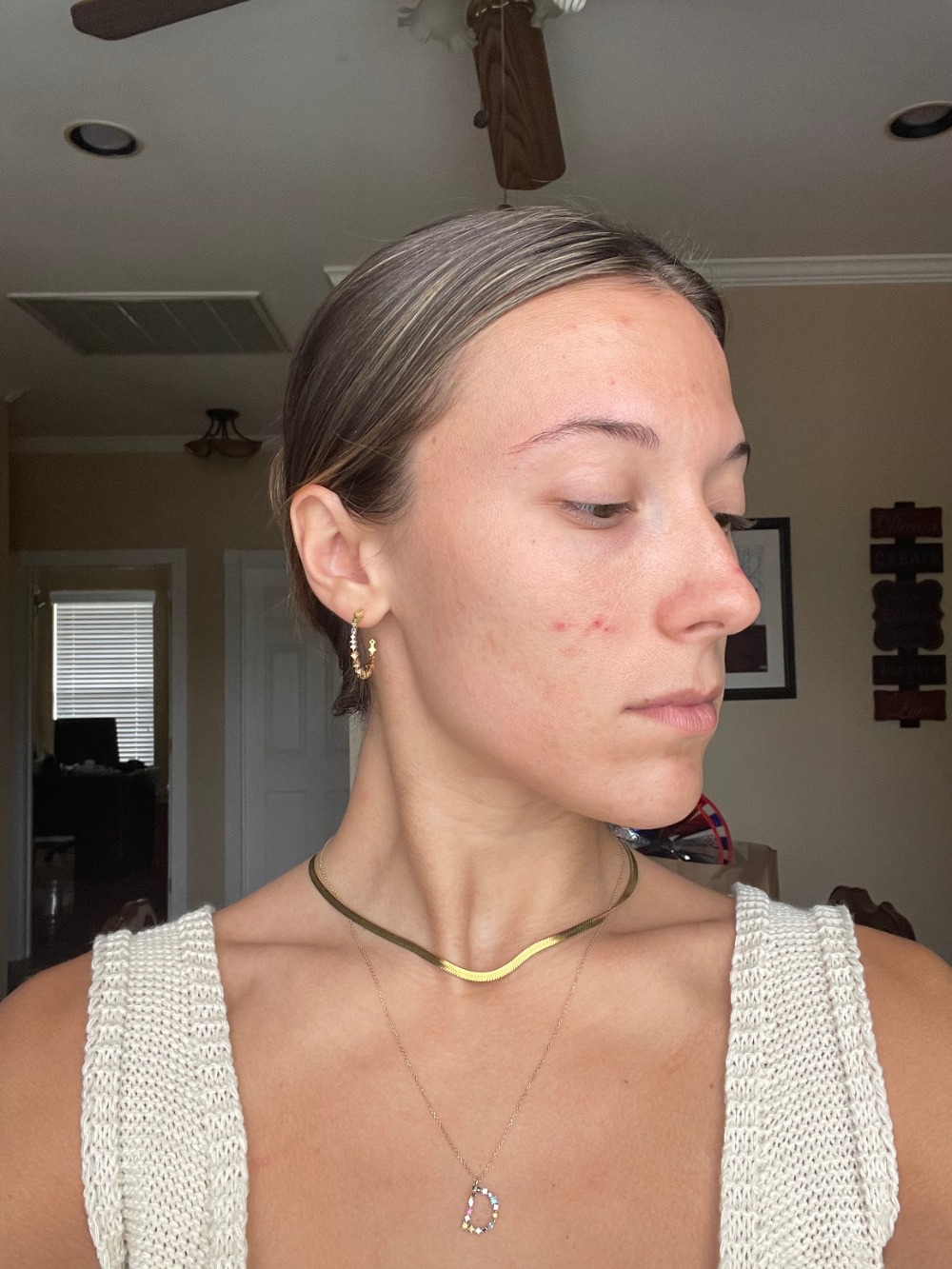
In comparing these images with the ones I took the day I started my treatment, as well as the second-session photos that had taken place just a week prior, I was not just pleased—I was entirely astonished. Overall, the tone, texture, and dark spots had improved significantly. The depressed areas had raised in all the right places, making for a smooth top layer that wasn't casting shadows as the crater-like scars had before. I also noticed my rosacea felt more controlled than ever, which is one of the key things that keep me from rocking my bare face in public.
The only point of frustration was my still-persistent breakouts, which may very well leave scars in their wake, too. Though my sessions were complimentary for this story, these do drum up a hefty price tag (ranging from $200 to $700 per session), so getting acne under control before taking the plunge may make sense so that you don't need to repeat the process time after time.
My boxcar scars and icepick scars were slightly improved, but Sobel had counseled me from the onset that I'd need to try a Fraxel to drastically mitigate those. This process requires three-plus months out of the sun, so I'll be saving this advice for the winter. Overall, I'd give my microneedling experience a 9/10, with a single point docked for challenges I experienced in managing breakouts during the process. If you're considering trying it on your acne scars, you have my full support!
Not ready to commit to microneedling just yet? Shop these scar-fading products instead…

Formulated with 10% glycolic acid derived from sugar cane, this overnight treatment helps improve cell turnover and exfoliation. Shake before use and apply a pea-sized amount all over the face and neck, using every other evening through the first week and every night from there on out.
Up Next: I'm a Summer-Skincare Expert—Here Are the 30 Essentials I Always Buy on Sale
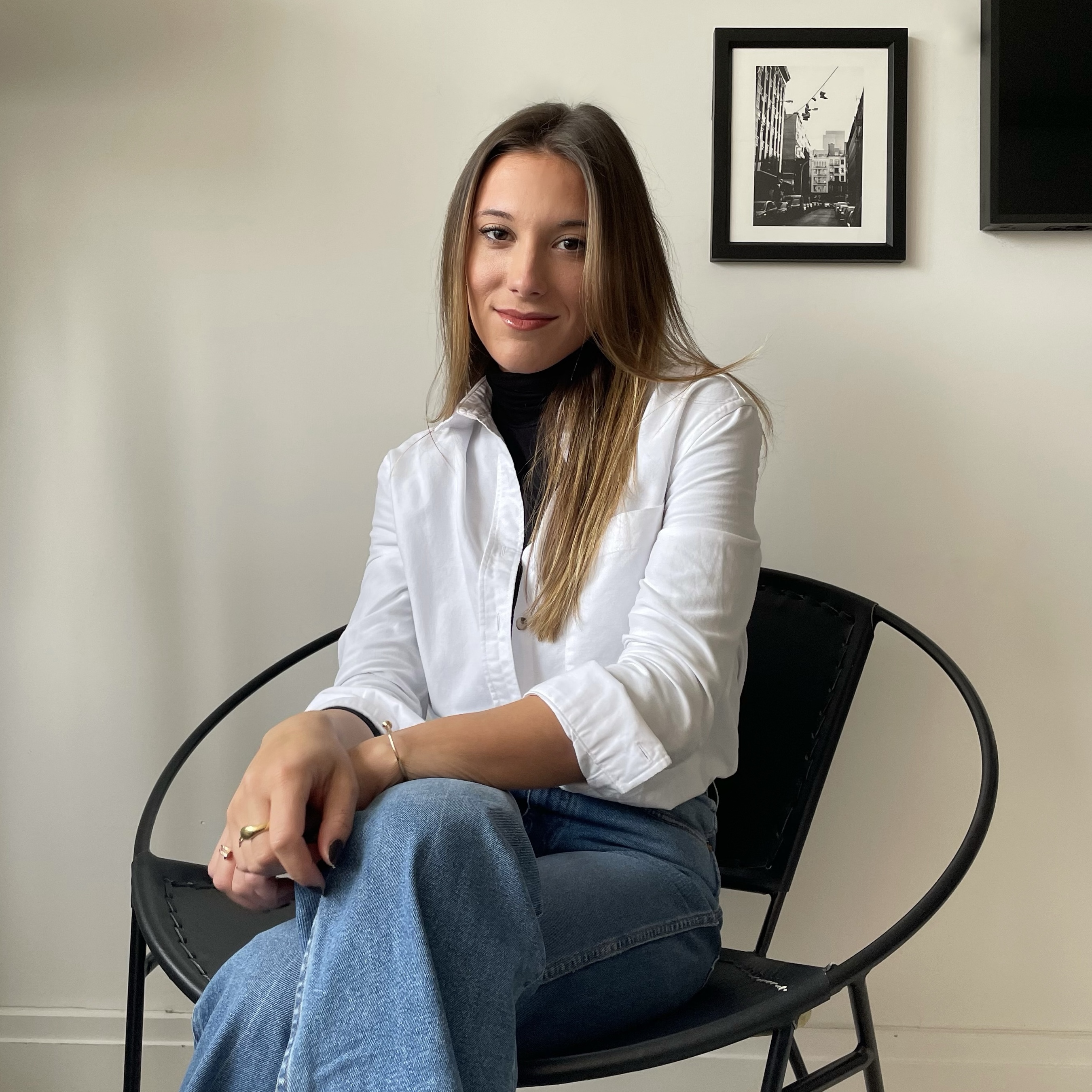
Danielle is a freelance Beauty Writer at WhoWhatWear. Her work has also been published in Vogue.com, The Zoe Report, Editorialist, and more. When she's not testing the latest beauty launch, she's exploring the local food scene in New York, reading a good book, or weekend-tripping somewhere leafy (or beach-y). You can keep up with Danielle on Instagram (@daniellenaer) for all things style, lifestyle, and beauty, and browse more of her work on her site.
-
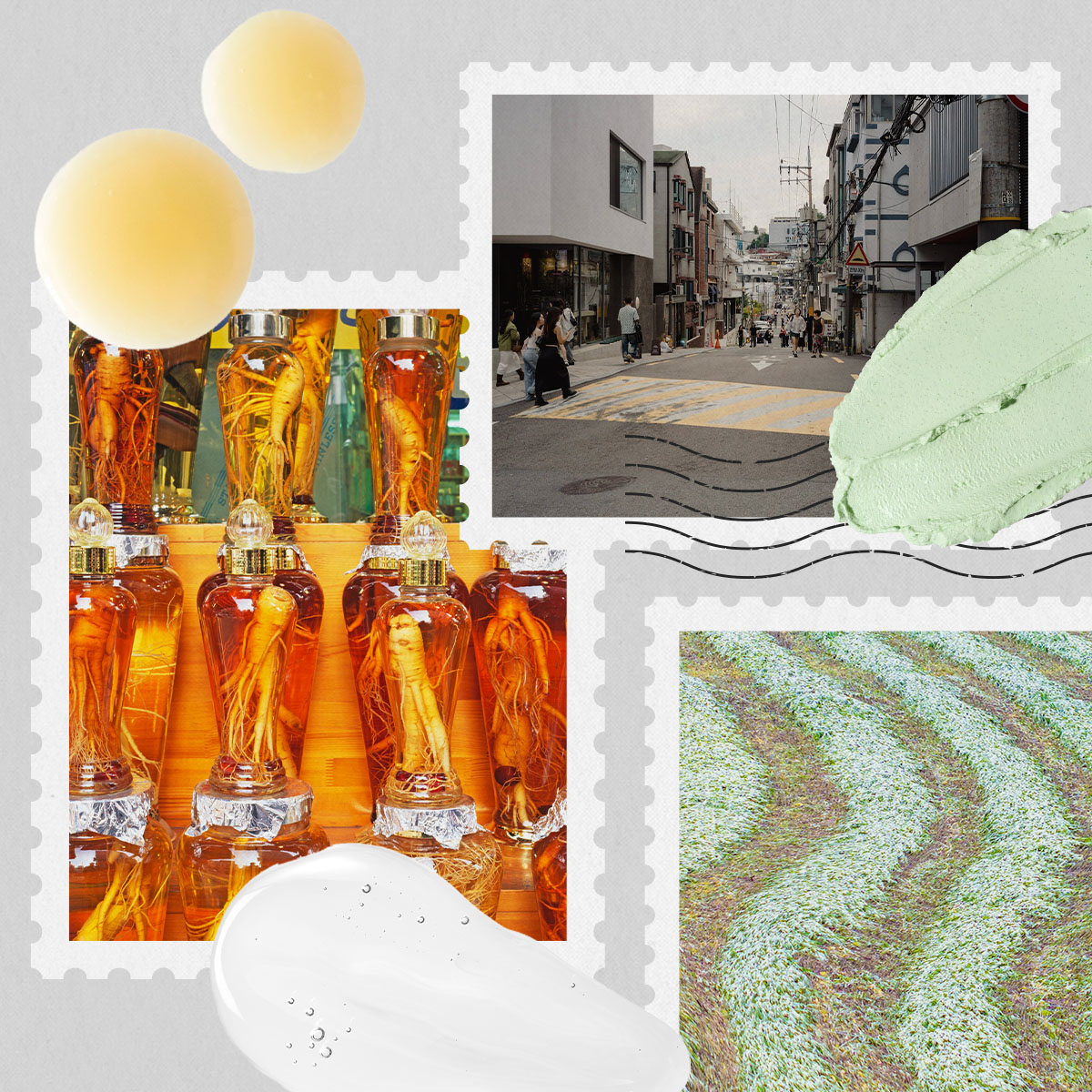 From Ginseng to PDRN: 5 Korean Skincare Ingredients Powering the Internet's Favorite, High-Efficiency Products
From Ginseng to PDRN: 5 Korean Skincare Ingredients Powering the Internet's Favorite, High-Efficiency ProductsThey set the standard for great skin.
-
 My Aesthetician Told Me This Is the One Ingredient She Recommends for Every Skin Type
My Aesthetician Told Me This Is the One Ingredient She Recommends for Every Skin TypeIt's one of the most under-hyped on the market.
-
 Tretinoin Damaged My Skin Barrier—Sabrina Carpenter's Aesthetician Gave Me These Complexion-Saving Tips
Tretinoin Damaged My Skin Barrier—Sabrina Carpenter's Aesthetician Gave Me These Complexion-Saving TipsThey're game-changing for acne-prone skin.
-
 I'm a Laser Dermatologist—Here's What Most People Don't Tell You About LED Light Therapy for Skin
I'm a Laser Dermatologist—Here's What Most People Don't Tell You About LED Light Therapy for SkinPlus the underrated tool that works wonders.
-
 7 Ingredients That Take Years Off Your Skin and Rival Spendy Treatments, Per Derms
7 Ingredients That Take Years Off Your Skin and Rival Spendy Treatments, Per DermsMVPs for an OMG-level glow.
-
 According to an Aesthetician, This Key Fatty Acid Helps Curb Breakouts in a Big Way
According to an Aesthetician, This Key Fatty Acid Helps Curb Breakouts in a Big WayIf you break out often, your skin might be low in it.
-
 If You Never Forget This Daily Step, I Already Know You Have Great Skin (Derms Agree)
If You Never Forget This Daily Step, I Already Know You Have Great Skin (Derms Agree)Any guesses?
-
 Psst, Even Derms Can't Get Enough of These 14 Incredibly Good French Pharmacy Staples
Psst, Even Derms Can't Get Enough of These 14 Incredibly Good French Pharmacy StaplesThey never miss a chance to stock up.
